Are Trout Active at Night? Successful Nightly Secrets
Introduction
In the angler’s quest of the indefinable trout, queries about their behavior and practices are as lavish as the watercourses they dwell. A common interest remains among these questions: “Are trout active at night?”
Yes, trout can be active at night. While they are normally well-known as diurnal (daytime) feeders, many aspects effect their activities, counting water temperature, moon periods, and the handiness of prey. In some states, trout exhibition amplified nighttime movement, creating night whaling a viable and thrilling choice for anglers.
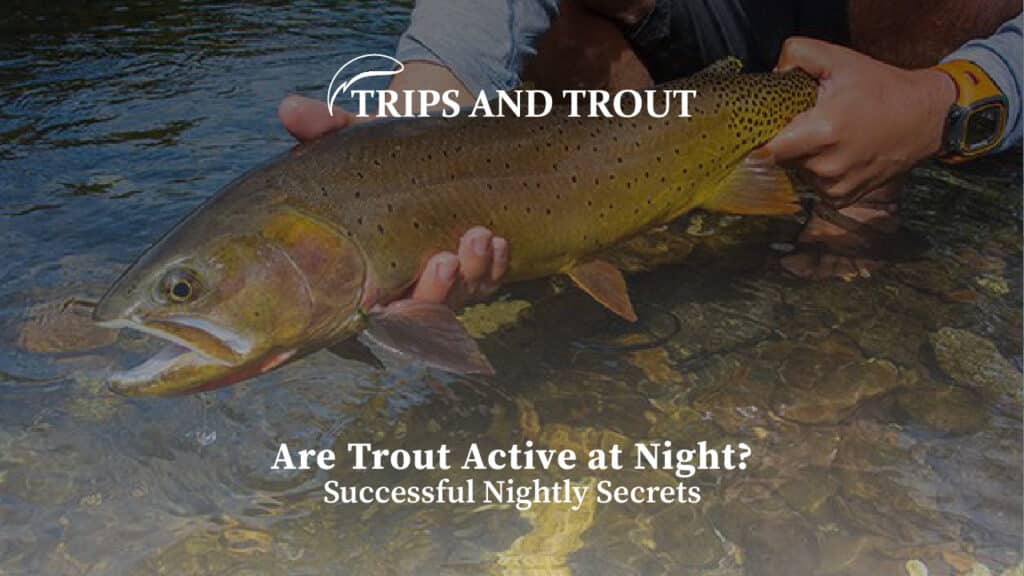
In this investigation, we will probe into the nocturnal territory of trout deeds, observing whether these valued fish stirring under the moonlit waters or desire the quietness of the night.
The Charisma of Night Fishing
The domain of night fishing embraces a charisma that signs anglers looking for a diverse angling capability. While some classes are prominent for their nocturnal action. As discussed in various profound researches about the behavior of trout in the dark leftovers a discussion between anglers. To discover whether trout are truly active at night, we’ll deliberate issues inducing their behavior during these nightfall hours.
Natural Characters and Nurturing Patterns
Trout are recognized for their thoughtful and selective nature, qualities credited to their existence instincts. Regardless of being cold-blooded beings, trout reveal a degree of temperature sensitivity. The cooler temperatures of the night activate amplified activity as these fish become more contented and adaptable in their feeding.
It’s important to apprehend the feeding designs of trout, which are often influenced by prey availability. Many marine insects and other creatures that trout feed on are nighttime, making night angling a favorable time to present flies or baits that mimic these night-loving creatures.
Moon Phases and Ambient Light
The lunar cycle plays a role in the nocturnal habits of trout. Throughout livelier moon stages, such as the full moon, ambient light infiltrates the water, possibly triggering increased movement. Contrariwise, trout may be more careful during darker moon phases and less disposed to to venture out.
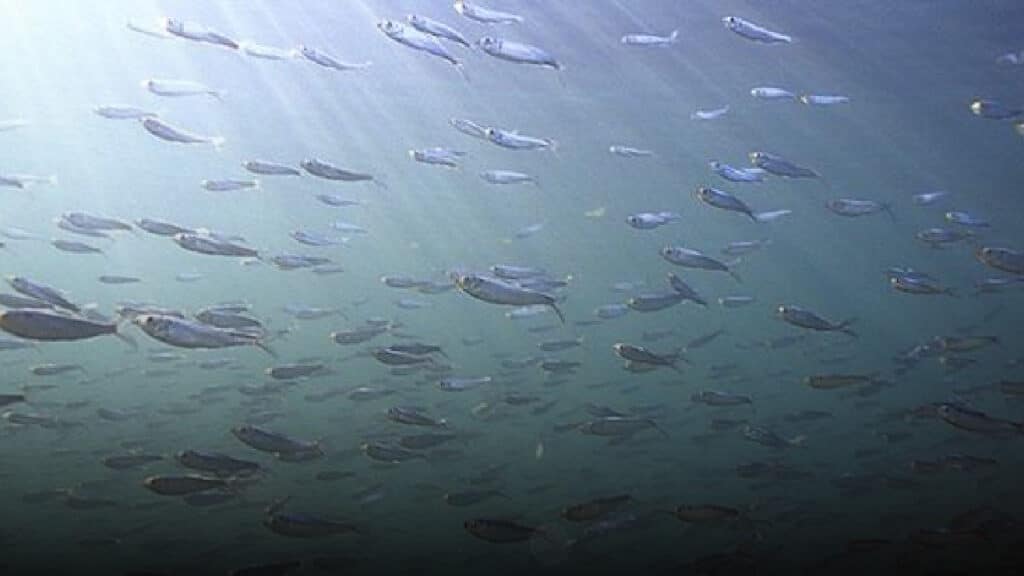
Techniques for Night Fishing Trout
For anglers intense on challenging the waters of night fishing for trout, retaining expert methods can increase the probabilities of success. Using larger flies or lures that make atmospheres in the water can fascinate trout’s attention in low-light situations. Furthermore, trusting on sanities other than sight, such as hearing and feeling, for delicate bites becomes decisive when fishing in the dark.
Are Trout Active at Night? Best Color Baits
Picking the accurate color traps for trout casting at night can be a tactical choice that meaningfully effects your achievement on the water. Though trout are recognized for their strong minds, counting high-pitched vision, their manners at night changes from their daylight behaviors. These baits can be used with treble hooks, Here’s a guide to help you select the best color lures for trout fishing throughout the nocturnal hours:
Glow-in-the-Dark Lures
- One of the most real selections for night angling is glow-in-the-dark lures.
- The lures fascinate and source light all through the day and emanate a delicate spark in low-light settings.
- It added visibility can entice trout in the dark waters.
Black or Dark Colors
- Dark-colored traps like black or dark brown can generate a strong shape beside the nocturnal sky.
- The distinction makes the bait more noticeable to trout in low-light conditions.
- Consider lures with dark spines and contrasting light-colored bellies for added visibility.
Fluorescent and Chartreuse
- Fluorescent colors, similar chartreuse, can be vigorous at night.
- The cheerful colors generate a vivid difference against uthe dark water, creating them more visible to trout.
- Experiment with fluorescent shades to find what works best in your fishing location.
Contrasting Colors
- Traps with high-contrast color designs can be alluring to trout in low-light circumstances.
- Deliberate lures with bold color mixtures, such as black and chartreuse, orange and black, or red and white.
- The difference can help grasp the responsiveness of trout in the darkness.
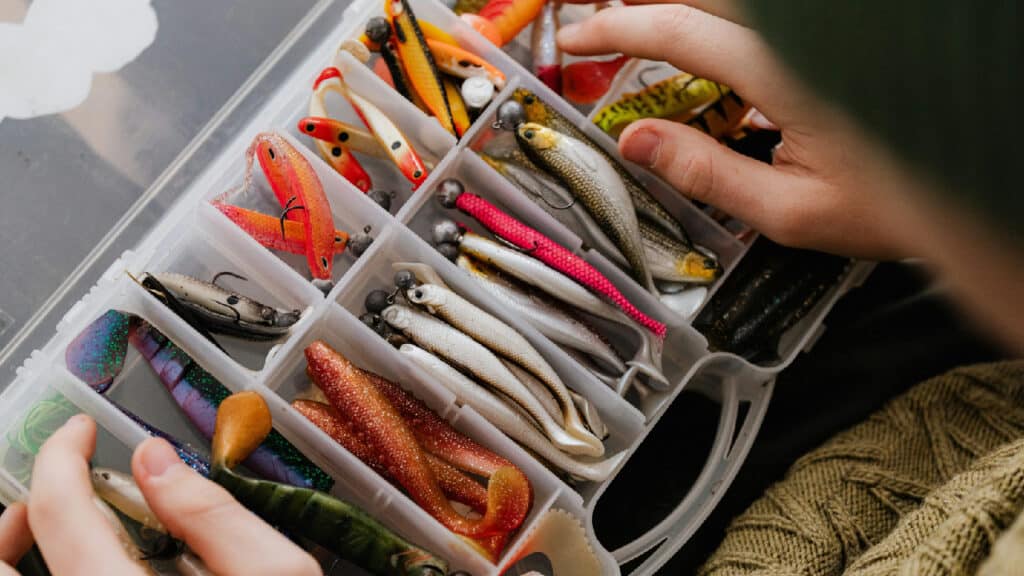
Natural Imitations
- While cheerful and conflicting colors are operative, only partly rule out ordinary imitations.
- Dark-colored traps that imitator common night prey, such as crayfish or night crawlers, can still fascinate the attention of starving trout.
UV-Enhanced Lures
- Few lures come with UV-enhanced structures, which can be mainly operative at night.
- UV light infiltrates water in a different way than observable light, and these baits may view out more in the shady, sketch intrusive trout.
Experimentation
- The efficiency of bait colors can differ based on features such as water clearness, moonshine, and the specific conduct of trout in your casting position.
- Be open to test and adjust your trap color based on your settings.
Remember, the key to effective night spinning for trout is often a blend of factors, comprising the appearance of the trap, the sound it makes, and its effort in the water. Pay attention to the atmosphere, and sense free to try dissimilar colors till you find the blend that activates the predatory nature of trout at night.
Note: You can see the YouTube link for more details and guideline about night fishing options and secrets.
FAQs
1. What aspects contribute to trout action at night?
Factors such as water temperature and the existence of nighttime prey can effect trout movement at night. Deeper water temperatures throughout the night may inspire feeding. Furthermore, the expansion of pests and other energetic creatures at night can appeal trout to feed in the dark.
2. Do diverse species of trout reveal similar night movement?
Diverse species of trout may diverge in their night movement levels. Brown trout, for instance, are mostly called for being more at nighttime vigorous than rainbow trout. Local surroundings and environment also play a part, so it’s important to deliberate the definite features of the trout population in your angling area.
3. What is the best time to approach for trout at nightly?
The best time to approach for trout at nightly is typically for the period of the warmer months when water temperatures are favorable. Moreover, concentrating on evenings with a bright moon can augment prominence, making it calmer for both anglers and trout to steer in the dark.
4. What types of lures or baits work best for nocturnal trout fishing?
Lures that make atmospheres or yield sound can be operative at night when prominence is reduced. Glow-in-the-dark baits, dark-colored lures, and those mimicking nightly victim alike crayfish or dark flatterers are habitually efficacious. Testing with different types of traps to activate the trout’s senses in low-light situations is serious.
Conclusion:
Whether trout are vigorous at dark discloses an attractive facet of their activities, linking nature, ecological influences, and the angler’s skillfulness. Whereas some contend that trout are less vigorous in the night, others curse by the adventure of nighttime fishing happenstances. Eventually, the achievement of nocturnal casting for trout rest on on considerate their conduct, adjusting to the circumstances, and approval the unique encounters that night offerings.
As anglers cast their lines under the stars, the night mysteries of trout persist a cause of attraction and a evidence to the continuous search for a bottomless indulgent of these wonderful creatures. Whether below the sun or the moon, the chase of trout endures to fascinate the hearts of anglers, adding a trace of secret to the timeless dance among hunter and victim underneath the water’s sparkling surface.




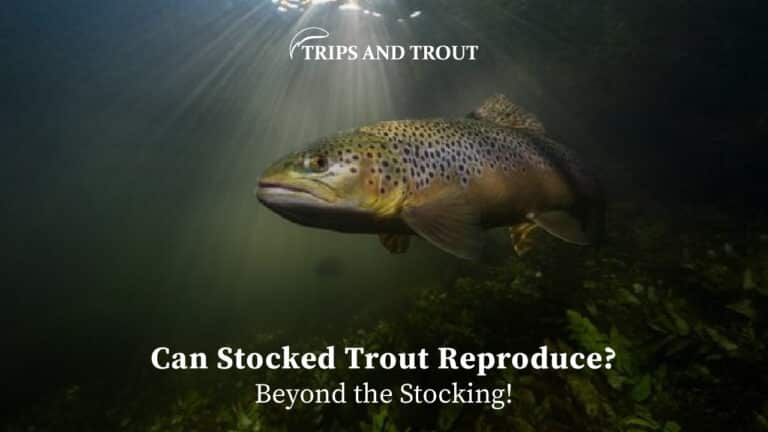
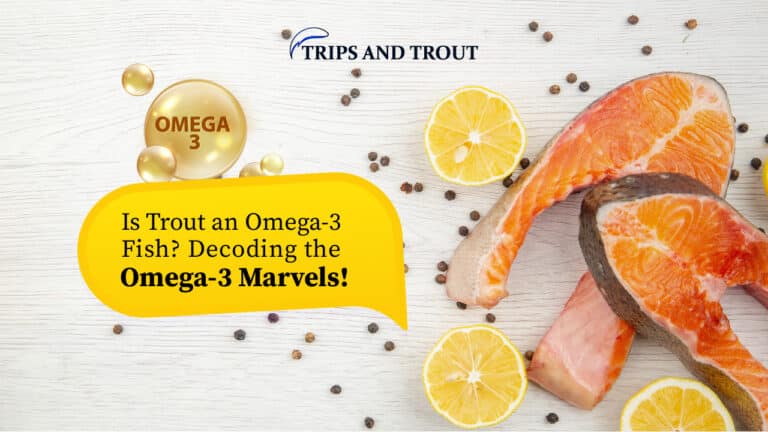
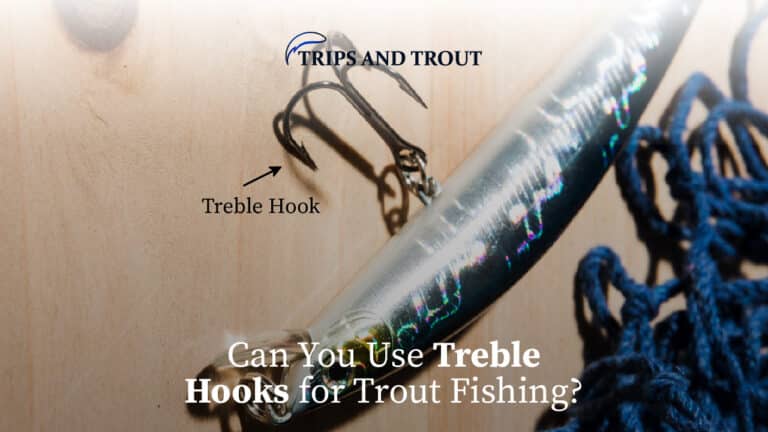

One Comment